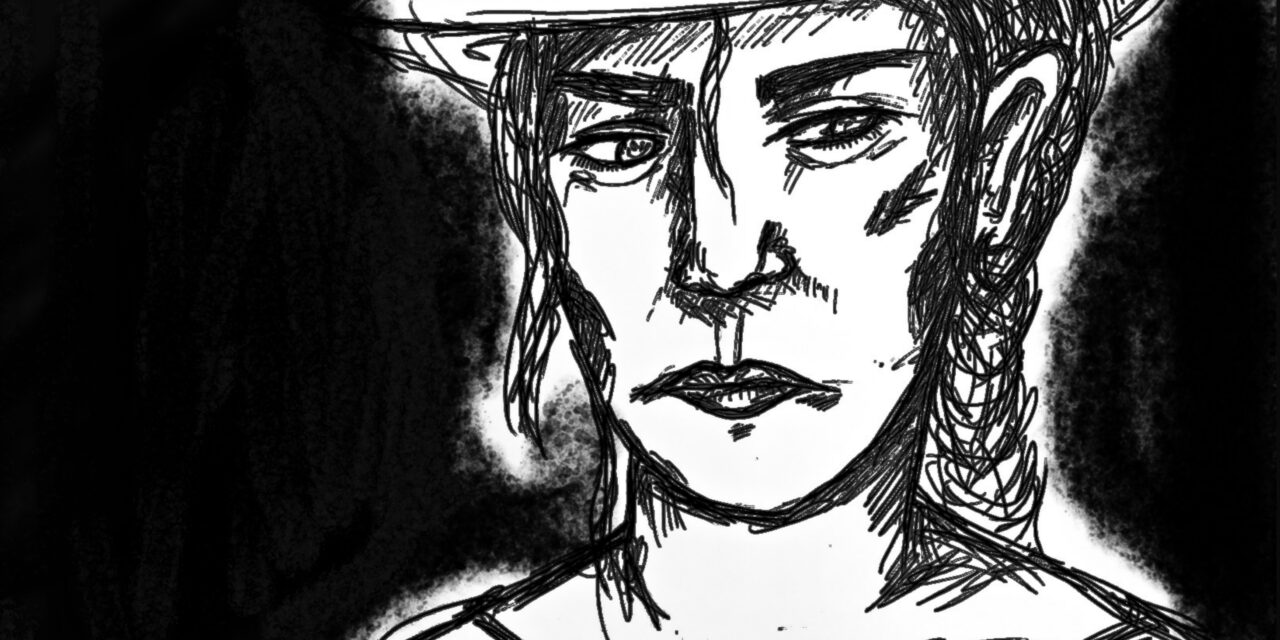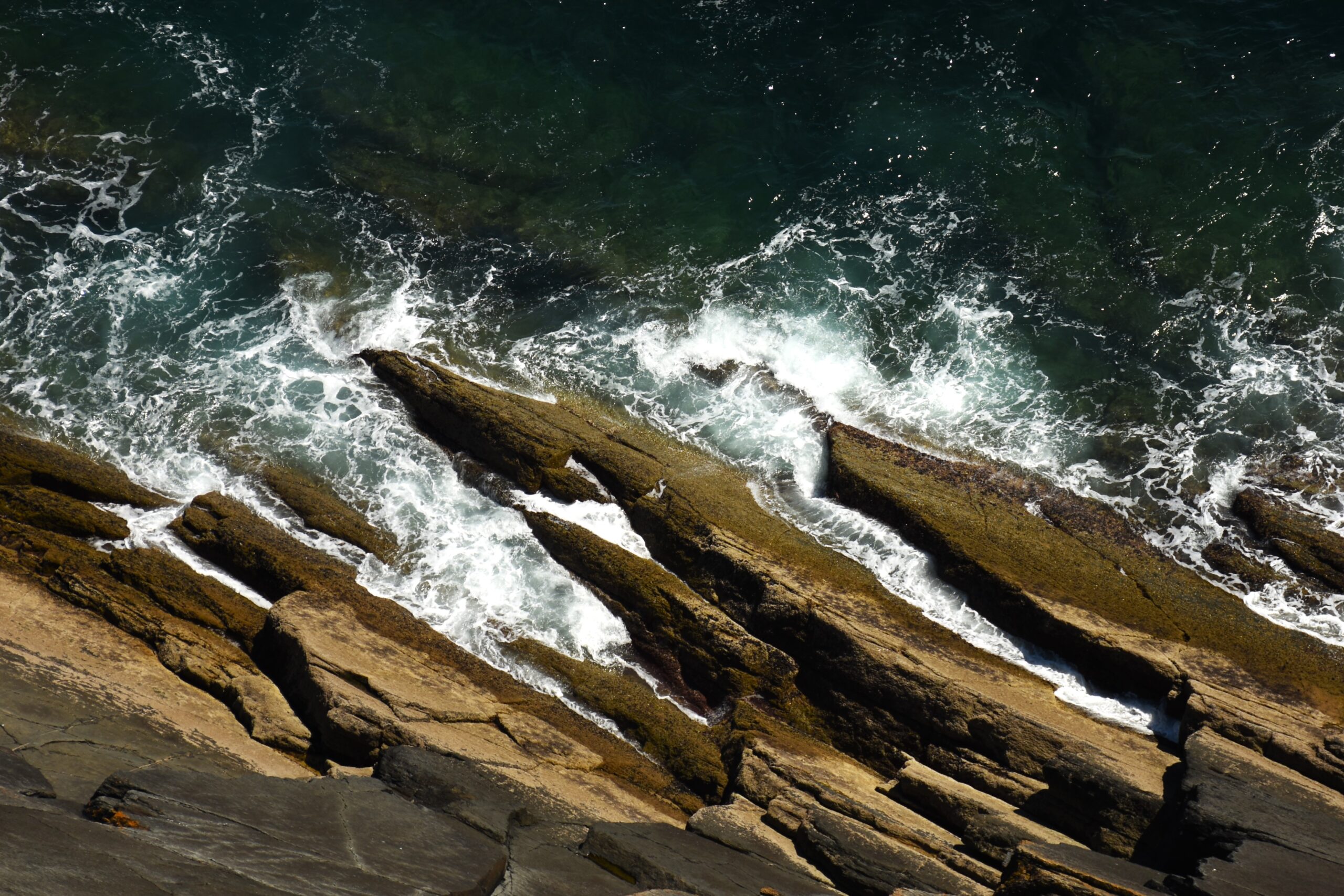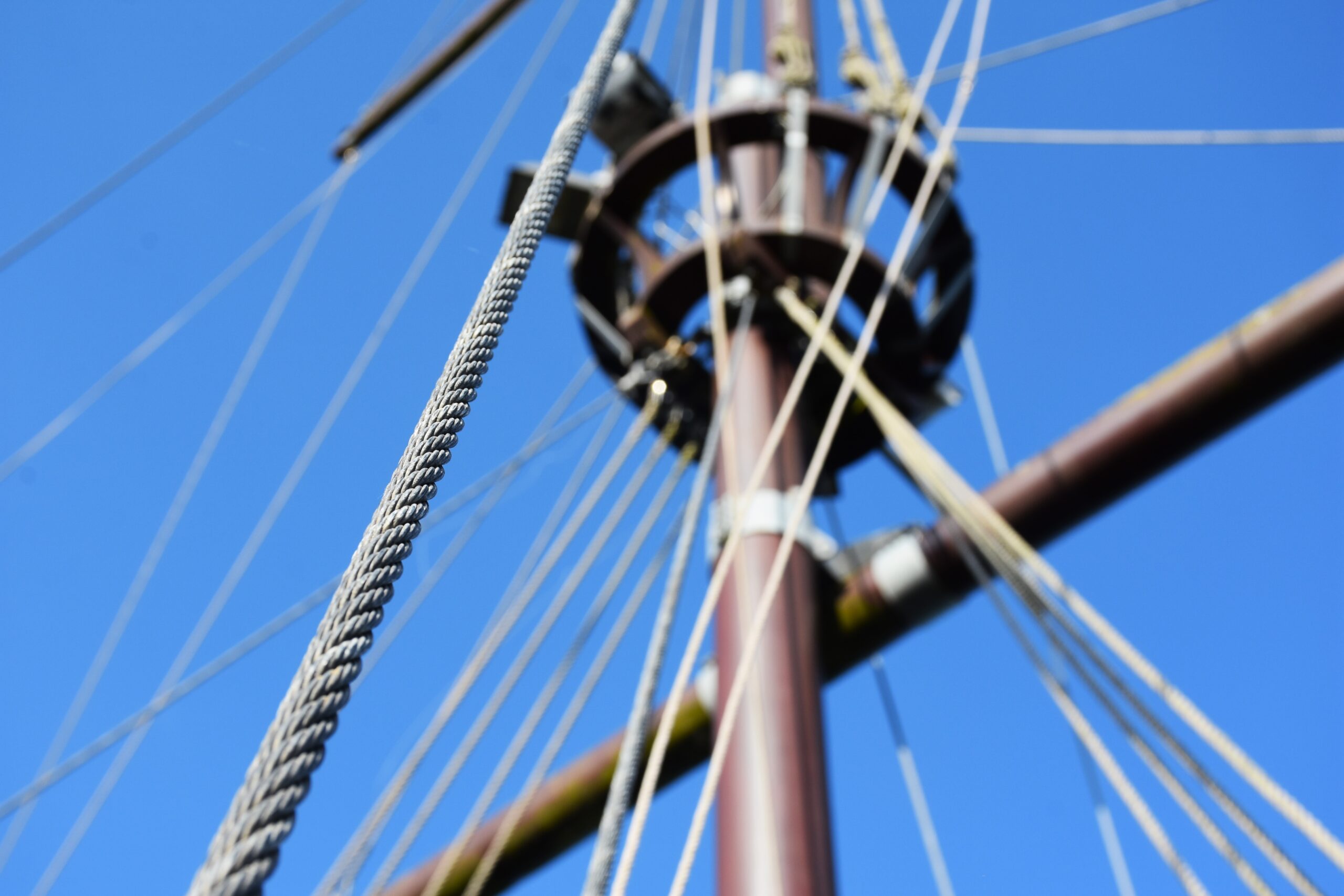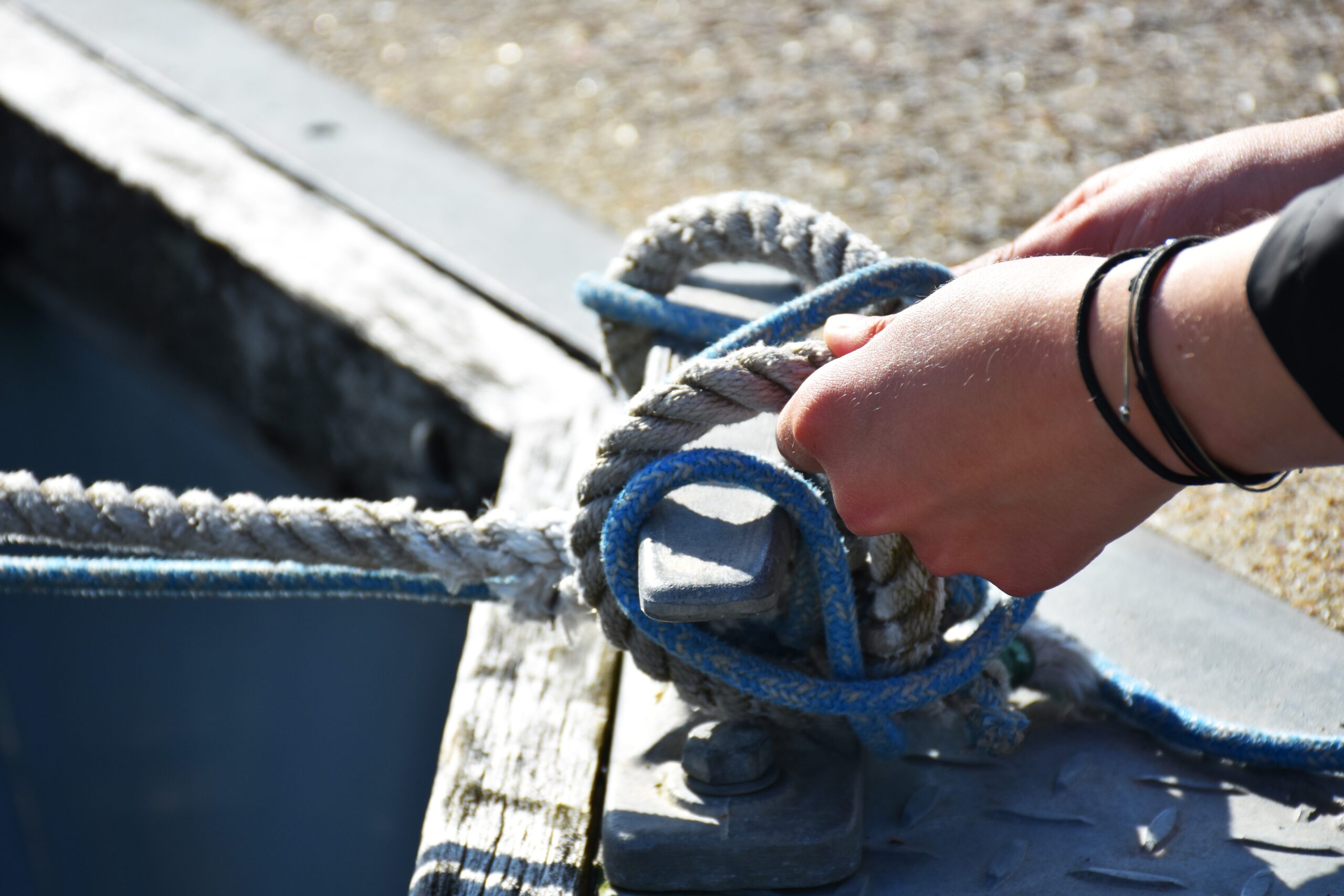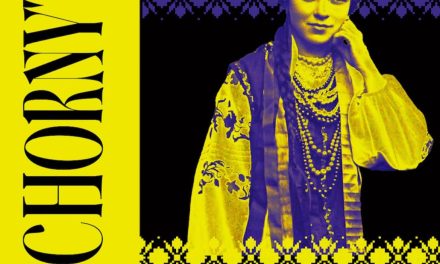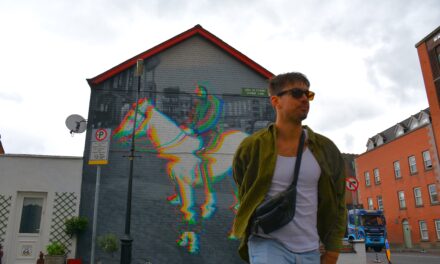Courageous anti-heroes hunting treasures and ruthless captains seeking revenge – pirates have been around for centuries in popular culture. There are fictional pirates, like Captain Hook and Jack Sparrow, as well as historical ones such as Blackbeard and Henry Morgan. Do they have something in common? Yes, the fact that they are men. So, did female pirates exist and what are they like in film?
Historically, women weren’t allowed on ships, they were considered bad luck, but to a certain extent you can still find them there. There are few known female pirates, but we don’t need to look far away to find a place where two women with very different stories would be recognized in history as pirates: Ireland. Anne Bonny and Graínne O’Malley, two women who went against the norms of the time, were both Irish.
Grainne O’Malley was born around 1530, in Umhaill, into a lordship and a great seafarer clan. She would come to rule not only her father’s lordship but her two husbands as well.
“She kept doing things that she technically was never supposed to do. She became really a female chieftain, and she went out with her men and ran her lordship and went around the West Coast of Ireland and traded and levy taxes on ships. She became a figure of fear” says Dr. Gillian Kenny, specialist in the history of women in Ireland and Britain during the later medieval and early modern period.
Graínne is often referred to as the Pirate Queen of Ireland, but Kenny feels it’s a misleading title. Graínne would most probably not have seen herself as a pirate.
“I think pirates are very neat description of her and of what she did. Certainly, she boarded boats and she took things from them, but it doesn’t describe what she was doing. She probably wouldn’t have thought of it as illegal. She was a lord putting her taxes on people. So that’s how she would have thought of it” Kenny explains.
O’Malley’s is often seen as rebellious and as a symbol of Irishness abroad. According to Kenny O’Malley wasn’t really that. She was a rebel when she had to be.
“She also cooperated with the English because above all else she is an aristocrat. She is an Irish aristocrat, and she would do whatever she needed to do to hand over her land. If that meant cooperating with the English who killed one of her sons, then that’s what she had to do. She made very difficult decisions in a very difficult time” says Kenny.
Born over 100 years apart O’Malley and Bonny don’t have much in common.
“You could say O’Malley was much more sophisticated than Bonny. Bonny was simply a pirate whereas Graínne for example married politically” says Joe Varley, president of the Maritime institute of Ireland and doctor in naval history.
Anne Bonny (née Cormac) born around 1697 as an illegitimate daughter to a lawyer in Kinsale. Anne and her parents emigrated to Charleston where she would marry sailor James Bonny against her fathers’ disapproval. They moved to the Bahamas, where Anne would eventually leave James for pirate John “Calico Jack” Rackham. She would roam the seas with him and his crew, and another female pirate called Mary Read. They would later be captured and sentenced to hanging. Bonny and Read plead pregnancy and avoided hanging. Read died in prison, but it is not known where Bonny ended up or how she died.
“O’Malley and Bonny were put in situations where there were possibilities. And why they would have well broken out of the bounds of what was considered femininity and correct behaviour at the time. There were strong enough people to do it” says Varley.
Graínne O’Malley
• Born in 1530 in Umhaill, County Mayo
• Also known as Grace O’Malley, Granuaile and Gráinne Ní Mháille
• Her father was the lord of Umhaill and chief of the O’Malley clan, the title she would come to inherit
• After the death of her second husband, she would rule his land and men, which was highly unusual
Anne Bonny
• Born in 1697 in Kinsale, County Cork
• Moved to Charleston, South Carolina with her parents
• Married sailor James Bonny and moved to the Bahamas with him
• Anne left James for the Pirate “Calico Jack” and became a pirate
• Calico Jacks crew were sentenced to death in 1720, but Anne was freed
Written out of history
“Pirates and smugglers by their very nature did not leave records. You know, it was illegal. The last thing they wanted was the limelight. So, to that extent there is a lot more on Grainne O’Malley than there is on Bonny” says Joe Varley.
Most of what is known about Graínne’s life comes from English records and Irish folklore. She is not mentioned in Irish records at the time.
“It’s like she doesn’t exist, which tells you something about the people at the time and how they viewed her. She would have been seen as a maybe a woman who was not normal. A woman who was unacceptable. She would have been viewed as something very strange indeed within her own culture” says Kenny.
When it comes to Bonny, historical records of her life can only be found about the two last years of her time as a pirate. Her childhood, personal life and piracy is described in the book A General History of the Robberies and Murders of the most notorious Pyrates (1724) by Captain Charles Johnson, which cannot really be proven to be true, but neither untrue.
Women in pirate films
In general, there are three types of female characters in pirate stories: the damsel in distress, the female pirate, and minor characters such as prostitutes, mother figures and teachers. When you compare female pirates to male ones, the men have more freedom of certain categories and stereotypes. The only big differentiation is the categorization into good pirates and bad pirates.
“If you have a female character, it’s very difficult to put her into one of these two categories because as soon as a woman turns into a pirate, to a certain extent, she also moves to the evil category, because she transgresses the norms that we know as Western viewers” says Susanne Zhanial from Austrian Academy of Sciences, who has written her dissertation on the pirate motif in film.
A female pirate’s story revolves around the struggles of identity and being a woman, and her road into piracy is often driven by a wish for freedom. In recent years, female pirates have gotten more room in pirate films and more space for their actions.
“They’re also allowed, for example, to use swords and guns and to really fight with the man and fight against the evil characters, although if you look at for example Cutthroat Island, which was published in the 1990s, you have a very, very strong female character figure, and also Elizabeth Swann of course in Pirates of the Caribbean, is a very active figure. However, you always have to set that in relation to the end, says Zhanial.
It is the end of the pirate films where the female pirates’ fate is usually different to their male counterparts. The male pirates can continue being a pirate with a somewhat happy ending or reject the pirate title and go back to society. The women are not as lucky. They have to submit to the Western society, as Elizabeth does in Pirates of the Caribbean.
“She’s given a lot of freedom to make her own decisions. She even defies the male heroes, and she does what she wants. She goes to sea with Jack and sales with him and actually, she’s the one who then saves Will when he’s in trouble. However, the problem is that Disney is still a very conservative company, so in the end, in a very final moment of the film, Elizabeth is always pushed back to the normal controls of Western society. And that’s very disappointing, I think” says Zhanial.
The only pirate film where the female character is relieved of their fate as a woman is Cutthroat Island from 1995. This is the only pirate film where the female character is allowed to survive, to keep the treasure and to sail away with it, and with the male hero.
“The film was very, very strongly criticized, because the male hero was portrayed in a very negative way, like a male hero in distress. So, he replaces the female damsel, and actually the female main character was then put in the role that was normally reserved for a male character, so you have in a way a reversion of the gender roles.” says Zhanial.
The film was rewritten many times, had many problems during the production phase and ended up being a box office failure.
“Many critics argue that it the time was not right for the movie, so maybe if it had been produced 10 or 15 years later, at the time of when The Pirates of the Caribbean was released, it might have been more successful, but in the 1990s it was a complete flop” says Zhanial.
Bonny and O’Malley in film
Anne Bonny, as the most famous historical female pirate, is a somewhat popular character in film and television. She is in the tv-series Black Sails (2014-2017) and the film Anne of the Indies (1951) is loosely based on Bonny. She also appears in graphic novels and video games. Zhanial believes Anne Bonny’s story is taken up a lot because of the historical reporting of Captain Johnson.
“You have the two stories of Anne Bonny and Mary Read in Johnson. […] And of Mary Read, we know that she died in prison, but there is no record of what happened to Anne Bonny. This openness in the historical source provides the opportunity to use her story again and again” says Zhanial.
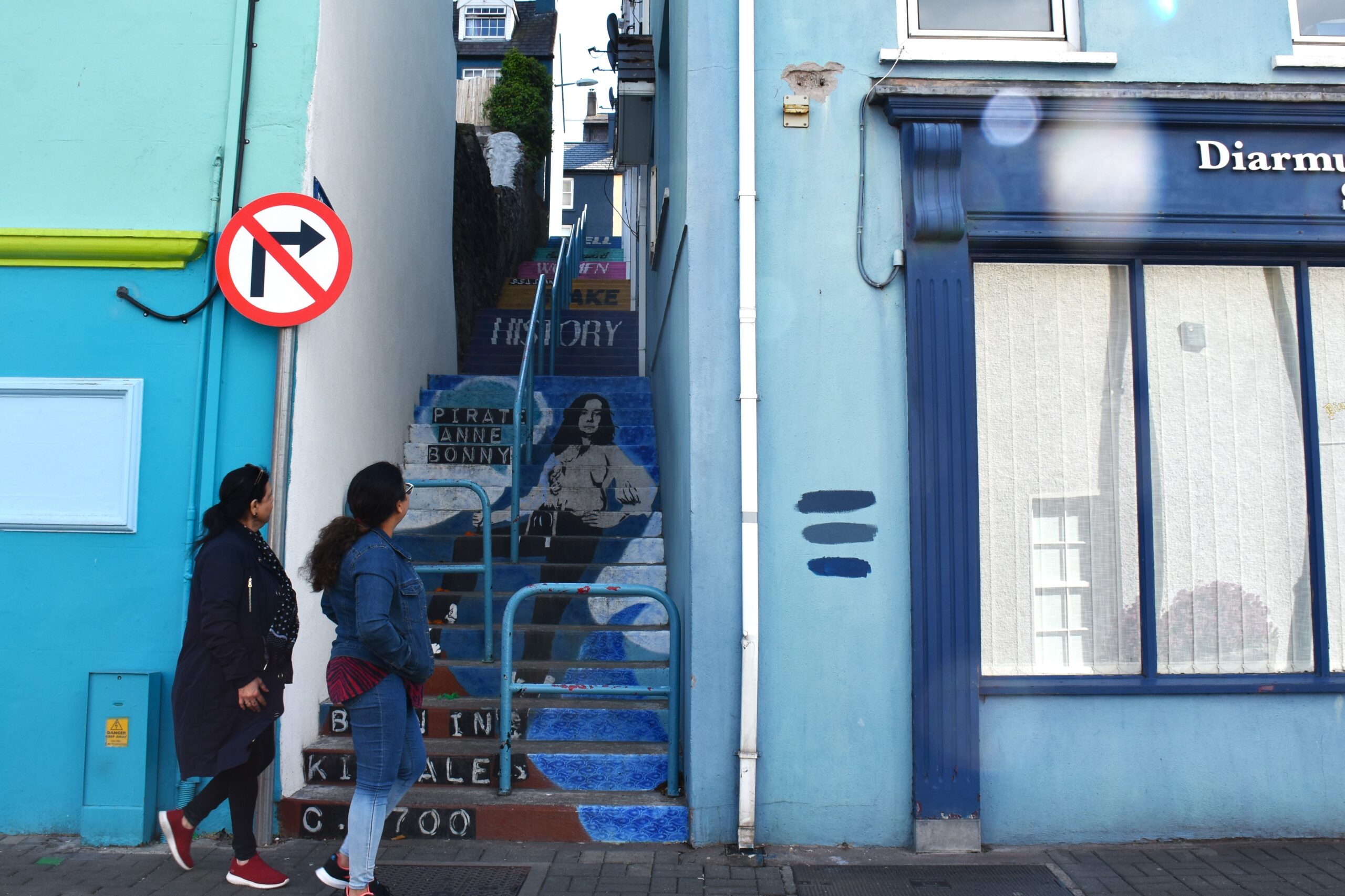
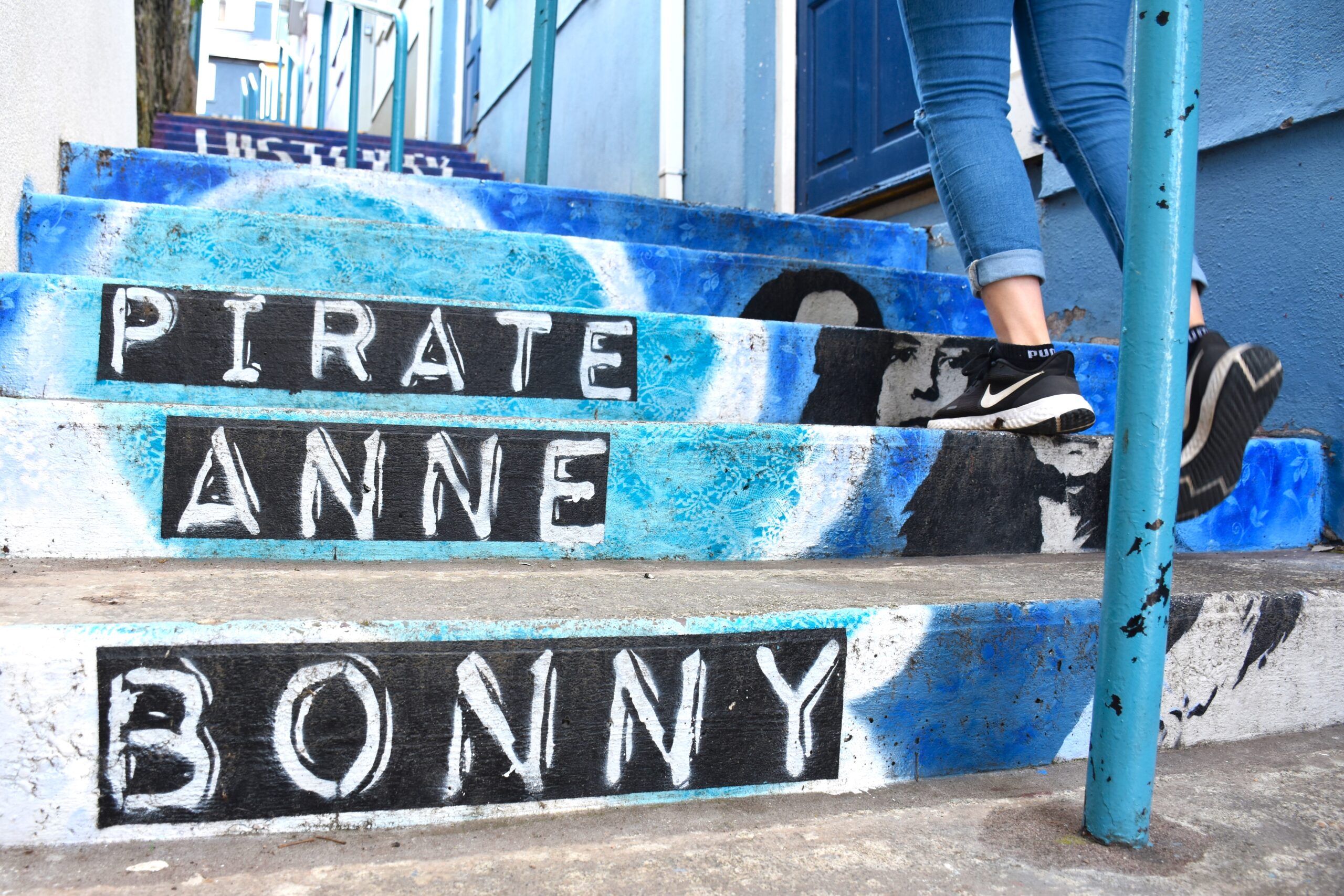
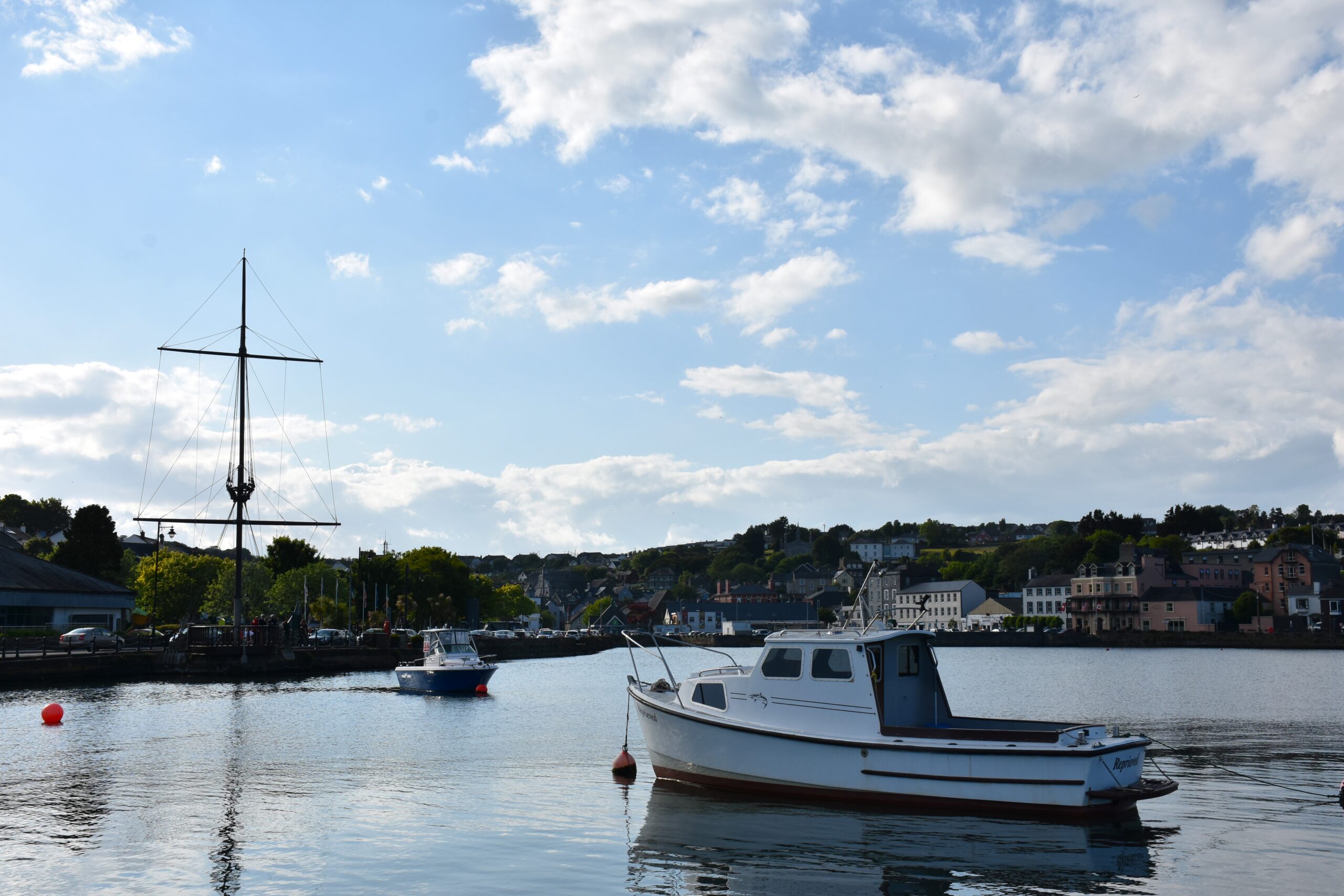
When it comes to Graínne O’Malley she can be found in some popular culture; there has been plays about her, she is featured in James Joyce’s Finnegans Wake, in Renaissance fairs in the US and in the book Goodnight stories for Rebel Girls (2016).
“She’s really popular now because people see her as a kind of a feminist icon and also a lot of people see her as an icon for old age because she started being a rebel when she was in her 60s” says Gillian Kenny.
But when it comes to film and tv there is almost nothing on Graínne.
“Why would they get unearned money when you have people like Henry Morgan, Blackbeard, and Captain Flint; when you’ve got Treasure Island by Robert Louis Stevenson. Because pirates have always been a good story. And there is the simple reason that most of the people who wrote these stories were men. That’s just the way they do things” says Joe Varley.
